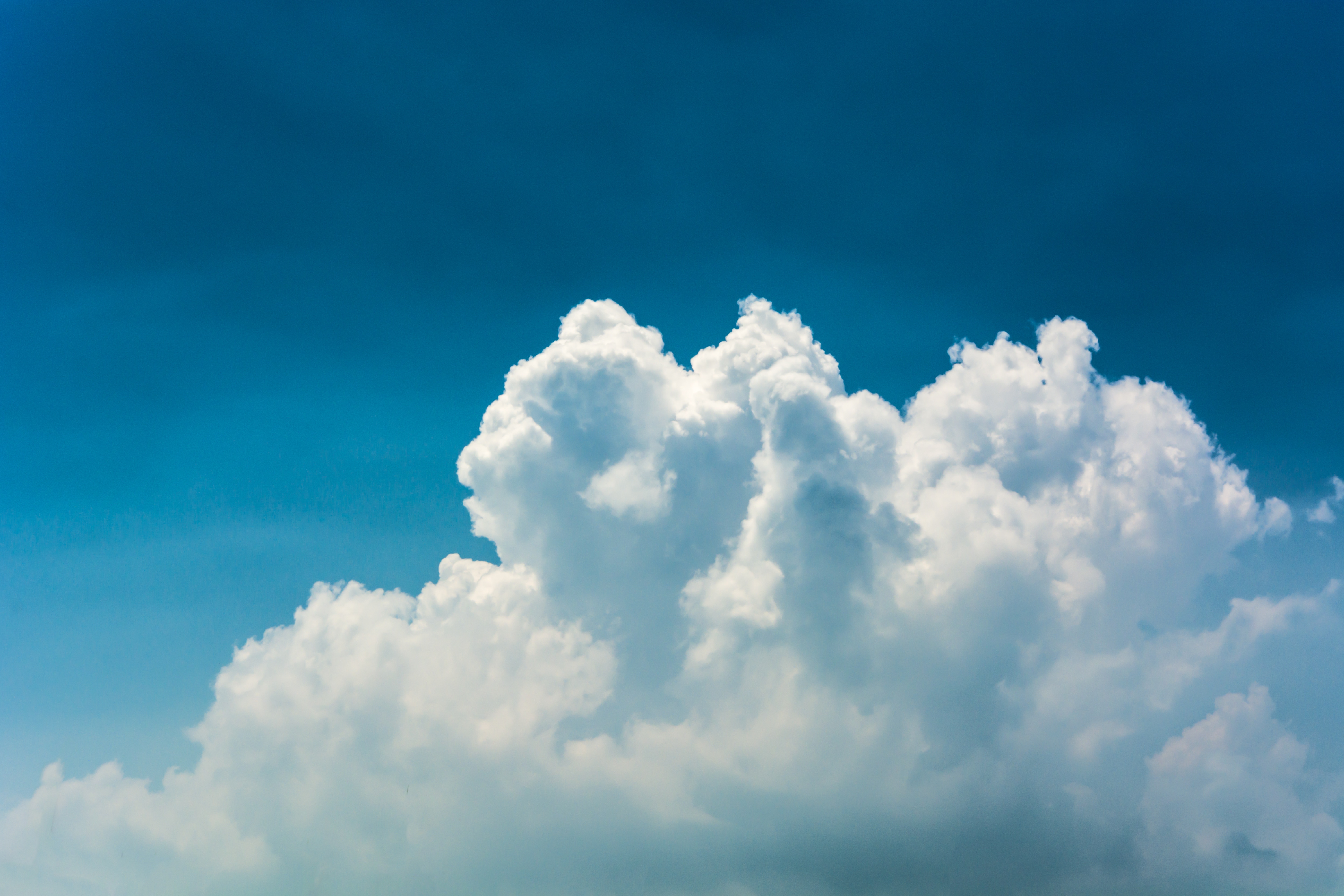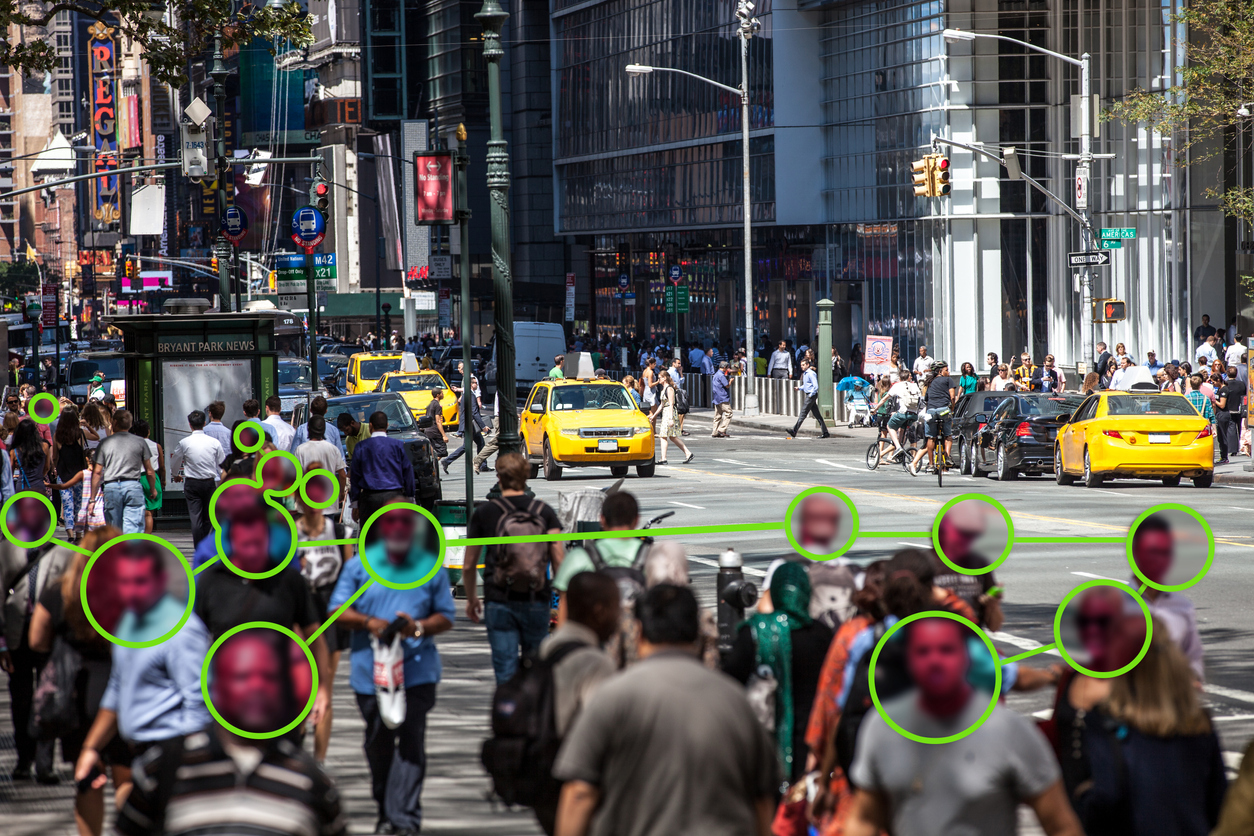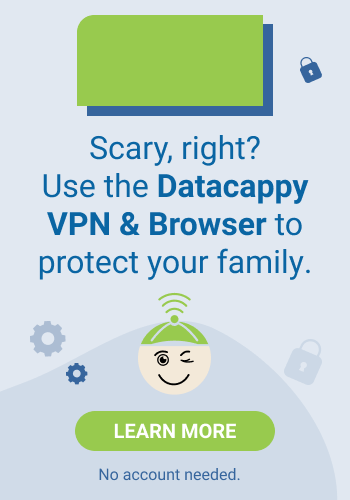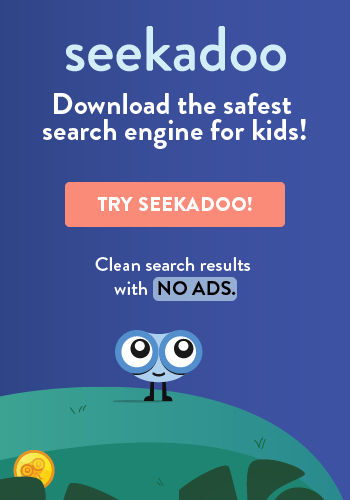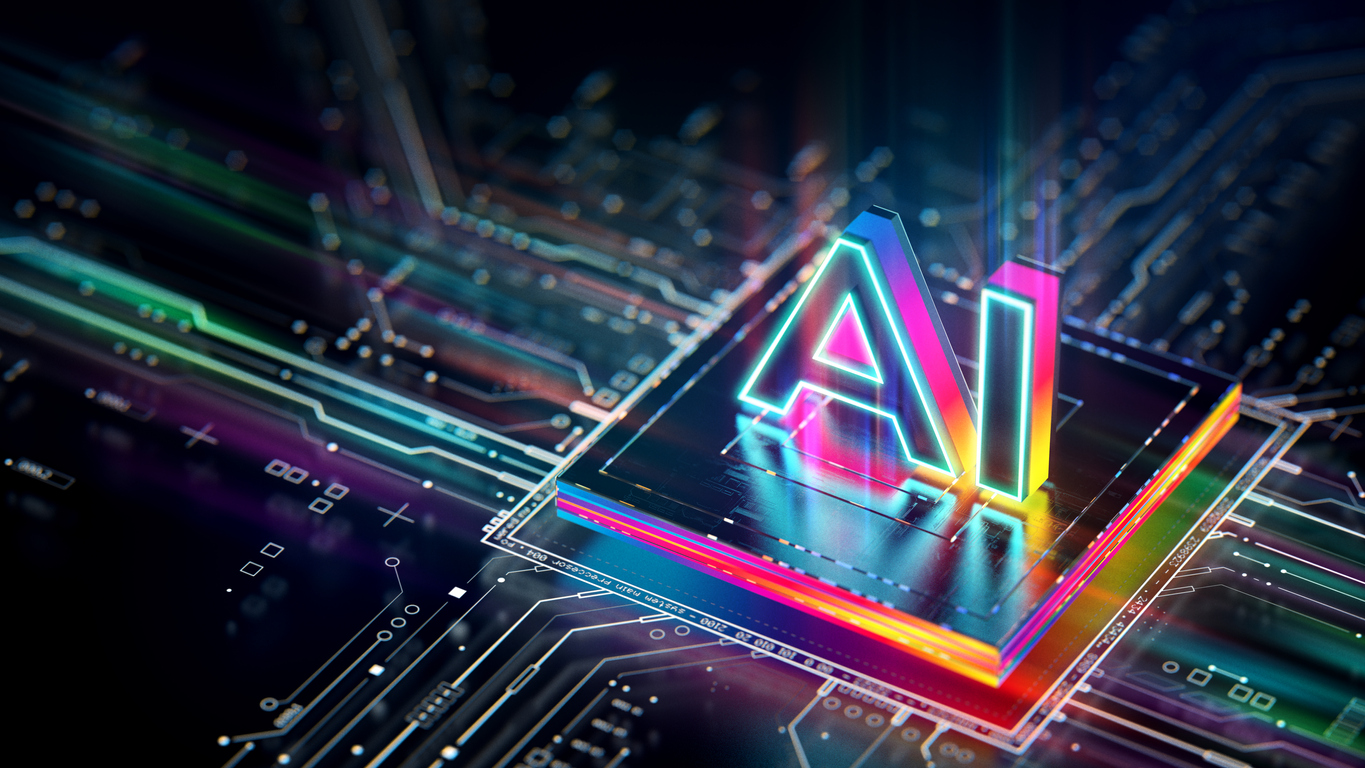
Seeing may not be believing any longer. AI-generated photos are quickly blurring the line between real or fake. Finding that line—and knowing what or who to trust—is more difficult than ever.
The rapid advancement of artificial intelligence (AI) has brought about a revolution in the field of photography. AI-powered tools can now generate realistic images, alter existing photos, and even create deepfakes – videos that convincingly replace one person’s face with another’s. While these technologies hold immense potential for creative expression and innovation, they also pose significant dangers that must be carefully considered.
1. Erosion of Trust and Misinformation
The ability to manipulate images with such precision threatens to erode public trust in photography as a reliable source of information. Check out this alarming Washington Post article on the topic. AI-generated photos can be used to create fake news, fabricate events, and discredit individuals or organizations. You can find them (if you know how to spot them, which isn’t easy) in stock image sites. This raises concerns about the potential for widespread misinformation and manipulation of public opinion, especially in the context of social media and online news platforms. Large sections of the public are left wondering, Is it real or fake?
From that Post article: “We’re entering a world where, when you look at an image online or offline, you have to ask the question, ‘Is it real?’” said Craig Peters, CEO of Getty Images, one of the largest suppliers of photos to publishers worldwide.
2. Identity Theft and Reputation Damage
AI-generated images can be used to create false personas or impersonate real people, posing serious risks for identity theft and reputational damage. AI-powered tools can be used to generate fake IDs, travel documents, or social media profiles, enabling individuals to assume false identities for malicious purposes. Additionally, AI-generated images can be used to fabricate compromising or damaging photos of individuals, potentially leading to social ostracism, professional setbacks, or even legal consequences.
3. Bias and Discrimination
AI algorithms are trained on large datasets of existing images, which may contain inherent biases and stereotypes. These biases can be reflected in the images generated by AI, perpetuating and reinforcing existing societal prejudices. AI-generated images could be used to promote discriminatory stereotypes, harm marginalized groups, and contribute to a more divisive and unfair society. It isn’t difficult to imagine how it can lead to cyber-bullying and other problems for school-age kids.
4. Ethical Considerations and Legal Ramifications
The use of AI-generated images raises complex ethical questions about consent, privacy, and intellectual property. The creation of AI-generated images of individuals without their knowledge or consent raises concerns about privacy violations and the potential for misuse of personal information. Additionally, the authorship and ownership of AI-generated images are unclear, as AI algorithms may draw upon copyrighted material without proper attribution or compensation.
In conclusion, while AI-powered tools offer unprecedented possibilities for creative expression and technological advancement, the dangers posed by AI photographs must not be ignored. Addressing these concerns requires a multifaceted approach involving technological safeguards, ethical guidelines, and legal frameworks. By acknowledging the potential risks and taking proactive measures to mitigate them, we can ensure that AI photography is used responsibly and ethically, preserving the integrity of photography as a trusted medium of communication and expression.
And we have to keep asking, “Is it real?”




